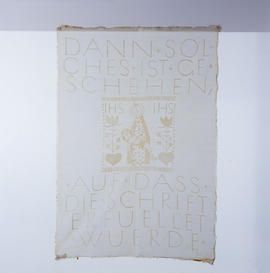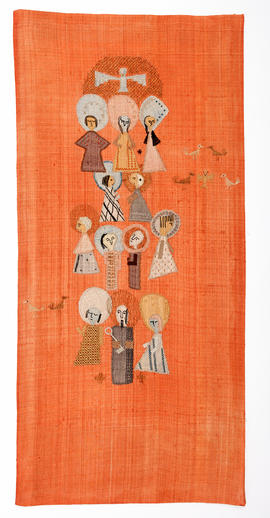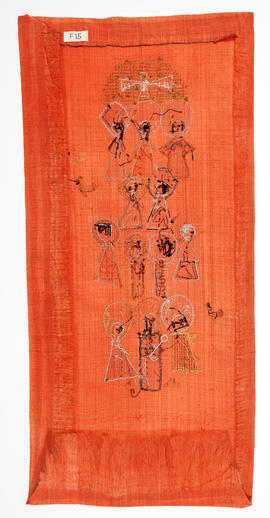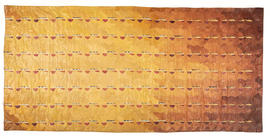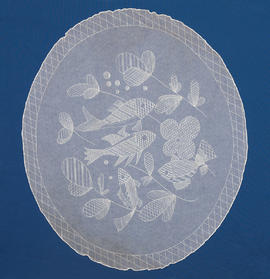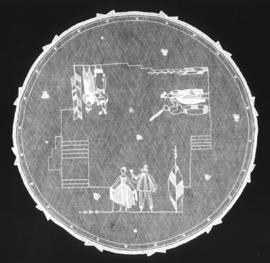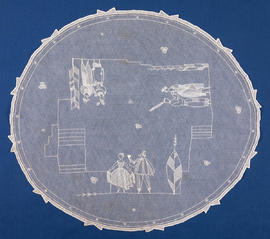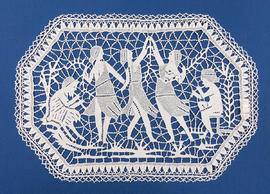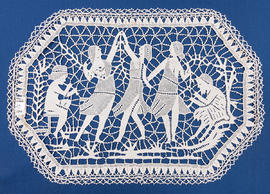Press cuttings relating to embroidery and the NDS donated by Sandra Heffernan who wrote a PhD on the NDS. Includes: 'When an Art Became an Industry' by Marie W Stuart; Scotland, 3, No. 4, 81-6; 1938 (photocopy); 'Revolution in Embroidery', Picture Post, 1951; The Life of Ann Macbeth of Patterdale by Marjory Ives, c. 1981 (photocopy); 'Eye of the Needle' by Janet Rae, The Scotsman Magazine, July 1983; 'Hannah and her Stitches' by Muriel Armstrong, Life & Work, January 1998; The Needlewoman, n.d. Revolution in Embroidery stored in separate file because it is fragile.


